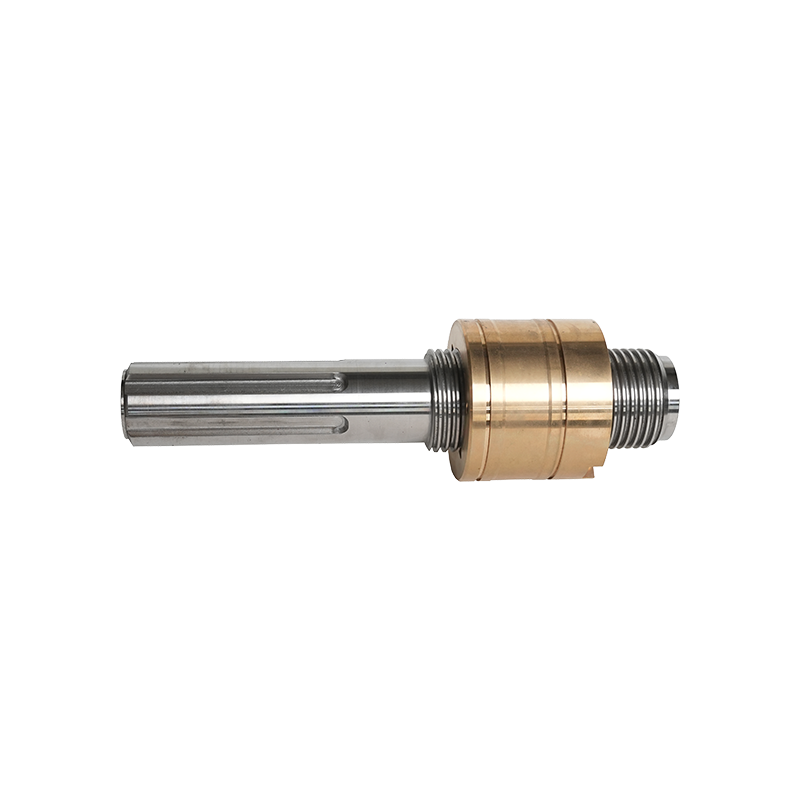When working with or adjusting pressure screws in a mechanical device, several safety considerations should be kept in mind to ensure both personal safety and the integrity of the device. Here are some key points to consider:
Understand the Device: Before making any adjustments, familiarize yourself with the specific mechanical device and its operating principles. Know the function of the pressure screw and how it interacts with other components.
Wear Appropriate Personal Protective Equipment (PPE): Always wear suitable PPE, which may include safety goggles, gloves, and steel-toed boots. This protects you from potential hazards such as sharp edges or sudden releases of pressure.
Depressurize the System: If the mechanical device operates under pressure, ensure that the system is completely depressurized before making any adjustments to the pressure screws. This can prevent accidental releases of pressurized fluids or gases, which can be dangerous.
Use the Correct Tools: Utilize the appropriate tools designed for the specific pressure screw. Using incorrect tools can lead to slippage, which may damage the screw or the surrounding components, leading to unsafe conditions.
Follow Manufacturer Guidelines: Always adhere to the manufacturer’s specifications and recommendations regarding pressure settings and adjustments. This ensures that you are operating within safe limits.

Check for Leaks: After making adjustments, inspect the system for any leaks. This is especially critical in systems that handle fluids or gases under pressure.
Be Aware of Potential Energy Release: Understand that pressure screws can store energy in the form of compressed fluids or springs. When adjusting these screws, be mindful of the potential for sudden energy release, which could cause injury or damage.
Avoid Over-Tightening: Over-tightening a pressure screw can lead to failure of the screw or the device itself. Always apply torque according to specifications.
Work in a Safe Environment: Ensure that the workspace is clean and free from distractions. A cluttered workspace can increase the risk of accidents.
Have an Emergency Plan: Be prepared for emergencies by knowing the location of emergency shut-off valves, fire extinguishers, and first aid kits. Having a clear plan can significantly reduce response time in case of an incident.
Safety should always be a priority when working with pressure screws in mechanical devices. By taking the necessary precautions and following best practices, you can minimize risks and ensure a safe working environment.

 English
English Deutsch
Deutsch Español
Español русский
русский

 +0086-513-88690066
+0086-513-88690066




